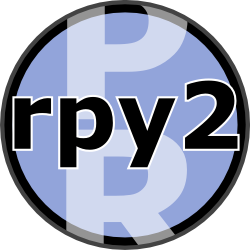Documentation for rpy2¶

The first section contains a quick introduction, as well as how to get started (requirements, install rpy2). This should be the natural place to start if you are new to R, or rpy2. Hints for porting existing code to a newer version of rpy2 are also given.
The high-level interface in rpy2 is designed to facilitate the use of R by Python programmers. R objects are exposed as instances of Python-implemented classes, with R functions as bound methods to those objects in a number of cases. This section also contains an introduction to graphics with R: trellis (lattice) plots as well as the grammar of graphics implemented in ggplot2 let one make complex and informative plots with little code written, while the underlying grid graphics allow all possible customization is outlined.
R is often used in a read-eval-print loop (REPL), where interactivity is important.
Utilities are available in rpy2.interactive.
Users of the Python signature numerical package numpy can continue using
the data structures they are familiar with, and share objects seamlessly with R.
A lower-level interface, closer to R’s C-level API, is available. It can be used when performance optimization is needed, or when extensions to the high-level interface are developped.
Finally, the documentation covers the subpackage with R-like Python classes and functions, callback functions, as well as compatibility with rpy-1.x. and benchmarks.
The list of changes across versions can be helpful when upgrading to a newer version of rpy2.